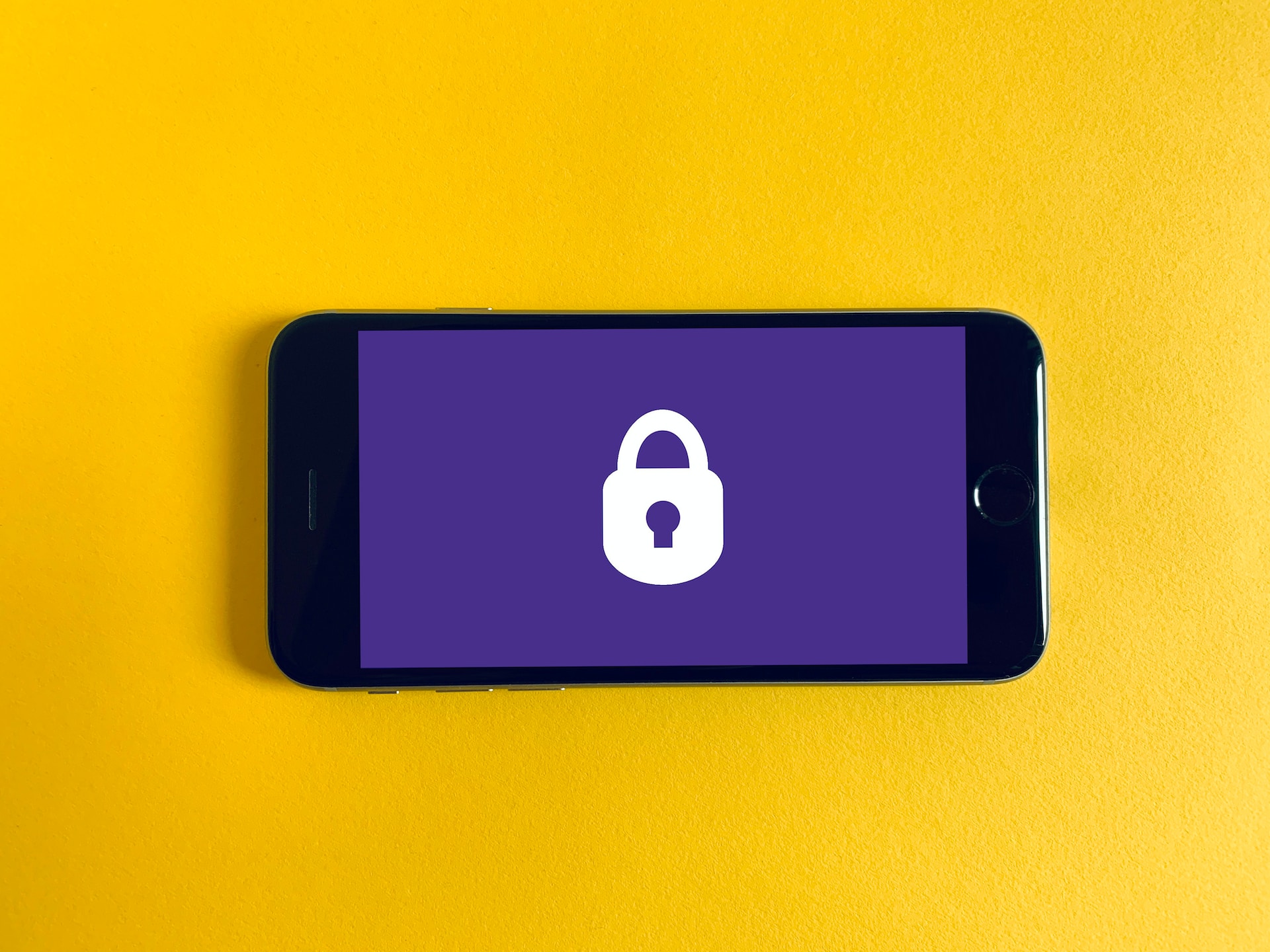Business communication has come a long way over the past half a century. Today, it is highly digitized with communication tools extending from simple emails to video calls, internal social networks, and group communication tools.
Technology infrastructure has undoubtedly brought phenomenal speed, ease, and efficiency to how employees communicate both within and outside organizations. But it is not without risks. One significant downside involves information security. Compromised data could have detrimental repercussions. So, training your employees is crucial to strengthen cybersecurity in your business. After all, employee errors are responsible for 88% of breaches.
This article examines how you could train your teams to strengthen information security. But first, let’s understand common tech-based business communication tools and why information security is essential when using them.
Information Security in Business Communication: Why It Is Important
Your employees don’t just communicate with each other. They engage with countless stakeholders external to your business. For instance, procurement staff deal with suppliers. Sales and marketing teams communicate with customers. Finance employees engage with lenders and investors.
In the old days, these business communications primarily took place face-to-face or via official letters and memos. But today, there is a range of tech tools at your disposal. These include:
- Emails
- Phone calls and text messaging
- Group messaging tools, such as WhatsApp and Slack
- Project management and workflow tools
- Discussion boards
- Intranet
- Video calling toolsб such as Zoom and Skype
- Company websites, blogs, and social media
Business communication takes place across all levels of your organization and often involves information of different types, from marketing collateral and supplier agreements to sales data and financial information. While you may disclose some of these publicly, certain data will remain confidential. It is the latter that poses a threat when compromised.
What types of risks will your business face in the event of a data breach?
Loss of credibility and stakeholder trust
For example, a breach in customer data could damage stakeholder confidence in your business. Regaining trust could take years of hard work.
Legal repercussions
Regulators and affected stakeholders often take businesses to court for failing to protect personal data. These legal battles could end with substantial fines.
Operational disruptions
Your business operations can face significant disruptions due to unexpected security breaches. For example, with a ransomware attack, a cybercriminal could hold your data systems hostage and prevent you from accessing critical information. The recent attack on Costa Rica’s government ministries that crippled regular activities is a good case in point.
Loss of competitive edge
Certain business data help you compete successfully in the market. These include business strategies, marketing plans, patents, formulas, business contracts, and customer data. Losing them could compromise your competitive edge.
Financial costs
Ultimately, the aftermath of a data breach will involve considerable costs. You may need to restore technology infrastructure and invest heavily into rebuilding customer trust. Even legal fines could be significant. Last year, one of the biggest data breach-related fines amounted to €265 million (approximately $287 million)—a penalty imposed on Meta by the Irish Data Protection Commission.
Training Your Employees on Information Security
Strengthening your physical security infrastructure is essential to ensure safe and secure business communications. However, building a culture of cyber awareness is equally crucial to prevent potential risks that could arise from human intervention.
Inarguably, staff training is a vital step in any information security strategy. An effective training plan can help minimize data breaches, boost security, and reduce demand for your IT staff. Overall, it could allow your organization to reduce security spending and breach-related costs.
Remember, a single oversight is enough to immobilize an entire organization. So, every employee, regardless of their role or seniority, should be part of your training program.
Training must be regular, with refresher programs scheduled periodically to keep cybersecurity top of the mind. They should focus on the following:
Evolving cyber threats and trends
Keep your employees up-to-date about the latest threats and risks impacting businesses. Emphasize how simple omissions and negligence could compromise data security. Use case studies and real-life examples to drive awareness.
In addition, educate employees about different types of cyberattacks. For instance, business communication compromise is a common technique for infiltrating confidential data. It focuses on various communication tools, from emails to cloud-based messaging apps, to target victims. It is important to update your employees about these rapidly evolving threats and developments to help them identify risks.
Best practices to prevent and minimize threats
Training sessions must also cover measures employees can take to prevent or minimize risk exposure and protect business data. These should include:
- Setting up secure passwords and multi-factor authentications.
- Using different login credentials for each account and keeping them confidential.
- Avoiding public Wi-Fi to communicate, access, or share business data.
- Using a VPN when accessing the internet.
- Checking addresses of incoming emails to verify their source.
- Avoiding links and downloads in emails.
- Verifying phone numbers by identifying their true owners using PhoneHistory.
- Installing anti-virus software on all devices, from laptops to mobile phones.
- Installing company-approved apps and software and regularly updating them with the latest versions.
- Disabling data tracking features in devices, browsers, and apps.
- Company data security policies
Employees should know your organization’s information security policies and BYOD guidelines. They must also understand why relevant systems, processes, and protocols are in place, who should follow them, and the consequences of non-compliance.
You can hire an external consultant, employ dedicated cyber training resources, or train your IT staff to conduct these awareness sessions. Keep them interactive and infuse fun through quizzes, competitions, and rewards to make learning more impactful. Moreover, ensure you track progress with relevant KPIs to measure the outcomes of your training programs.
In Conclusion
Business communication has advanced at a rapid pace over the past few decades. Technology integrations have given rise to countless communication tools that are cheaper and easily accessible from anywhere on any device.
But alongside these emerging conveniences, threats to data have also multiplied. Cybercriminals have found new ways to infiltrate valuable business data through emails, phones, apps, and other communication tools.
This has made information security a priority for today’s businesses. Investments in strengthening security infrastructure are undoubtedly critical. But your employees play the most crucial role in business communication. So, training them effectively and getting them actively involved in your cybersecurity strategy is imperative for its success.
















